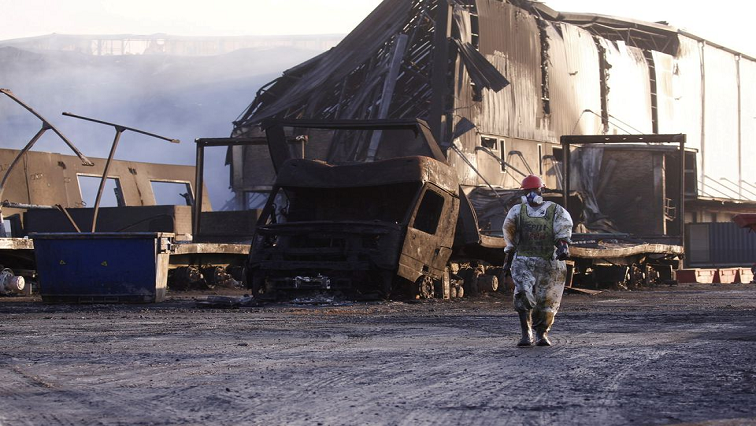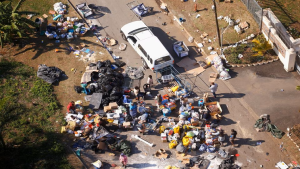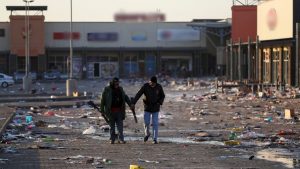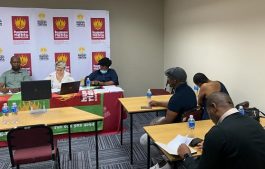A community leader of the Blackburn Village informal settlement near Umhlanga north of Durban says community members are still struggling with health problems after the United Phosphorus Limited (UPL) warehouse was set alight during the July unrest.
Testifying before the South African Human Rights Commission (SAHRC), Kwanele Msizazwe says nearby communities were affected by the air pollution when the large variety of toxic chemicals in the warehouse went up in flames.
Msizazwe says they have not received any medical help from the government or UPL.
“We are still experiencing a lot of complaints from the community on health issues. So we really don’t know where exactly we must go. Because at the time it was still government departments, I thought we were going to get immediate help. So on my side, I think that’s all,” says Msizazwe.
Msizazwe says the majority of people from Blackburn Village stood guard together with residents of Umhlanga to prevent looting during the unrest. He says most of them work at businesses in the area.
“We were not much involved in the looting, not all of us, but I can say 80% of the village was not involved in that. Because we were even involved in the street, I forget the name now but every night we used to stand by the entrance which is coming from Cornubia, the other people were standing on the other side from Umzinga with the residents of Umhlanga,” says Msizazwe.
Damning findings against UPL
Meanwhile, the Cornubia Fire Civil Society Action Groups says UPL failed to follow provincial and national environmental regulations when it built its warehouse in Cornubia near Umhlanga.
Rajen Naidoo has testified on behalf of the group before the SAHRC’s hearing. The UPL warehouse – which kept hazardous chemicals – was set alight during the unrest, causing a chemical spill into the Umdloti River.
The commission also heard that people living nearby were never warned about the dangers of the spillage, which is said to have had health impacts.
“When UPL set up its warehouse, what were the parameters which they set it up. Did they follow all the necessary local and national regulations, we argue that they did not do this. This is why we have the consequences that followed. The only information that was sweeping through was a few press statements that were made. We were depending on the media. But primarily the company failed to provide information,” says Naidoo.
Joint preliminary UPL compliance report released: Barbara Creecy






